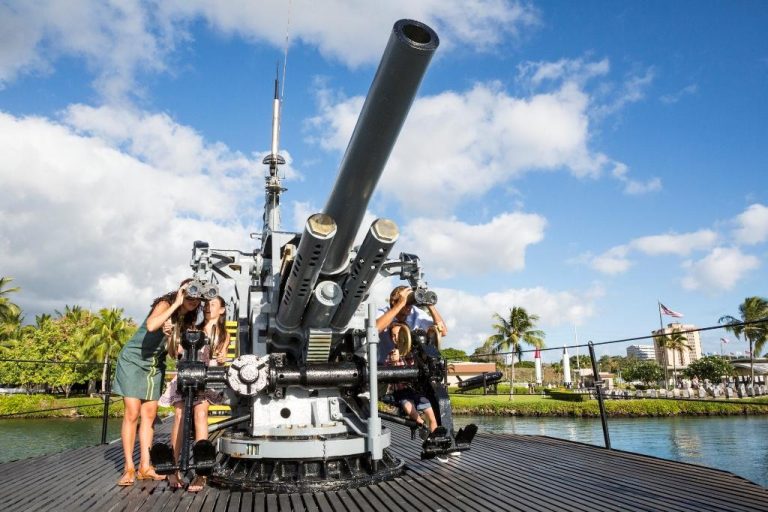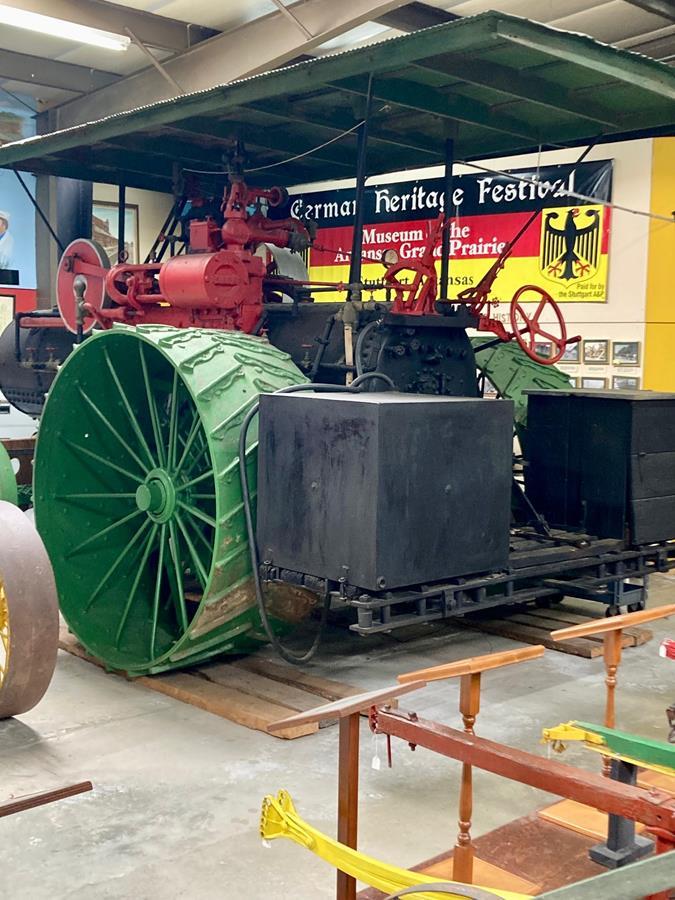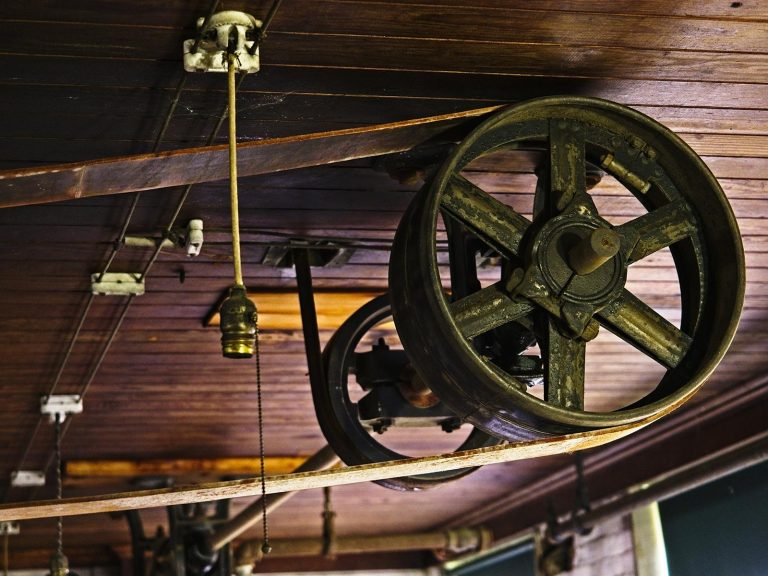These sites offer powerful educational experiences that immerse students in the history of World War II and the events leading to the United States’ entry into the conflict. Key attractions include the USS Arizona Memorial, the Battleship Missouri Memorial, the Pacific Fleet Submarine Museum, and the Pearl Harbor Aviation Museum. These sites collectively tell the story of the attack on Pearl Harbor, the role of the U.S. military in the Pacific, and the broader consequences of war and diplomacy.
At the USS Arizona Memorial, students don’t just learn about the events of December 7, 1941, when the surprise Japanese attack sank the battleship, resulting in the loss of over 1,100 lives. This memorial fosters a deep, personal reflection on the sacrifices made during the war, encouraging students to engage with themes of honor, resilience, and remembrance. Guided tours provide deeper historical insights, connecting visitors with personal stories of those involved in the attack.
The Battleship Missouri Memorial offers students a unique opportunity to explore the site where Japan officially surrendered, ending World War II. Walking the ship’s decks, students not only learn about naval warfare but also experience the significance of diplomacy and peace. The Pacific Fleet Submarine Museum complements these lessons by focusing on the covert role of submarines, with interactive exhibits that explore underwater strategy and technology.
The Pearl Harbor Aviation Museum is not just a place to learn about aviation history, but a hub for STEM education. It offers hands-on experiences in flight simulators and workshops. These programs emphasize both historical events and scientific principles, inspiring students to think critically about innovation and the evolution of technology during wartime.
Pearl Harbor’s educational programs are designed to be immersive and engaging, ensuring that students leave with a nuanced understanding of war’s impact on society and the importance of peacekeeping efforts. The combination of historic artifacts, personal narratives, and interactive learning fosters a meaningful connection to history and encourages students to reflect on the complexities of global conflict.





